Disclosure: This article contains affiliate links. We may earn a commission from purchases at no extra cost to you, which helps our travel content.
After years of exploring tundra landscapes and remote indigenous communities across the northern hemisphere, I've developed a profound appreciation for cultural contrasts. That's why Montreal captured my interest so completely during a recent summer weekend. This French-Canadian metropolis offers a fascinating European ambiance without crossing the Atlantic – a perfect cultural immersion for couples seeking a romantic yet adventurous getaway. Having meticulously mapped my 72-hour exploration of this bilingual city, I'm sharing my optimized itinerary that balances iconic landmarks with hidden gems. From the cobblestone streets of Old Montreal to the vibrant neighborhoods beyond, this guide distills my technical approach to travel planning while preserving the spontaneous discoveries that make a place memorable. Whether you're drawn by the architecture, cuisine, or the unique Québécois culture, Montreal rewards the prepared traveler with experiences that linger long after your weekend concludes.
Day 1: Old Montreal and Waterfront Exploration
Your Montreal experience should begin where the city itself began – in Vieux-Montréal (Old Montreal), where cobblestone streets and centuries-old architecture create an atmosphere more reminiscent of Paris than North America. I recommend arriving mid-morning to check into your accommodations before diving into exploration.
Start at Place d'Armes, where the magnificent Notre-Dame Basilica stands as a testament to Gothic Revival architecture. The $10 admission fee is absolutely justified when you step inside to witness the stunning blue ceiling adorned with golden stars and the intricate wood carvings throughout. Pro tip: check their website in advance for the AURA light show schedule – an immersive experience that transforms the basilica into a canvas of light and sound.
From there, meander eastward along Rue Saint-Paul, Montreal's oldest street. The preserved 17th-century buildings now house boutiques, galleries, and cafés. For lunch, I discovered a charming spot called Olive et Gourmando, where their grilled cheese sandwich (called 'The Cuban') rivals any I've had across my travels.
As afternoon approaches, make your way to the Old Port (Vieux-Port), where the St. Lawrence River provides a refreshing counterpoint to the historic architecture. I spent a contemplative hour watching massive cargo ships navigate the waterway – a reminder of Montreal's historical importance as a trading hub. If you're visiting between May and September, consider renting bikes from the Bixi bike-sharing system to cover more ground along the waterfront paths.
For dinner, I recommend advance reservations at Barroco in the heart of Old Montreal. Their seafood dishes honor Montreal's connection to maritime trade routes, and the intimate atmosphere makes it perfect for couples. After dinner, take advantage of the summer evening light to photograph the area – the warm sunset glow on the historic facades creates stunning images that I still treasure in my collection.

💡 Pro Tips
- Book Notre-Dame Basilica tickets online to avoid lines
- Visit Place Jacques-Cartier in late afternoon when street performers are most active
- Many Old Montreal restaurants require reservations, especially for weekend dinners
Day 2: Mount Royal and Museum Mile
Begin your second day with a morning ascent of Mont-Royal, the iconic hill that gave the city its name and offers the definitive panoramic view of the Montreal skyline. Having hiked across some of the world's most challenging terrains, I can assure you this is a manageable climb for most fitness levels – more of a pleasant walk through a forested urban park designed by Frederick Law Olmsted (who also designed New York's Central Park).
I recommend starting from the Peel Street entrance and following the main path to the summit. My hiking daypack was perfect for carrying water, snacks, and my camera gear for this 45-minute ascent. The summit rewards you with the Kondiaronk Belvedere lookout, offering spectacular city views that contextualize Montreal's unique island geography.
After descending, make your way to Avenue du Musée, the heart of Montreal's museum district. The Montreal Museum of Fine Arts (Musée des Beaux-Arts) houses an impressive collection spanning centuries and continents. What particularly impressed me was their indigenous art collection, which resonated with my experiences documenting native cultures across northern regions.
For lunch, explore the nearby Crescent Street area, where I discovered Ferreira Café, offering Portuguese-influenced cuisine that reflects Montreal's multicultural identity. Their grilled octopus was exceptional – perfectly charred yet tender.
In the afternoon, continue your cultural exploration at the McCord Museum, which focuses on Canadian history with particular emphasis on First Nations heritage. As someone who's spent considerable time documenting indigenous cultures, I found their Inuit and First Nations exhibitions thoughtfully curated and respectfully presented.
End your day in the vibrant Plateau Mont-Royal neighborhood. This is where Montreal's artistic soul thrives, with colorful murals, distinctive spiral staircases on building exteriors, and a youthful energy pervading the streets. For dinner, I recommend Restaurant Au Pied de Cochon – make reservations well in advance for Martin Picard's indulgent Quebec cuisine that celebrates local ingredients in creative preparations.

💡 Pro Tips
- Visit Mount Royal in early morning for fewer crowds and better photography light
- Purchase a museum pass if planning to visit multiple institutions
- Wear comfortable walking shoes as Montreal's neighborhoods are best explored on foot
Day 3: Food Markets and Cultural Neighborhoods
Montreal's culinary scene deserves dedicated exploration, so I recommend beginning your final day at Jean-Talon Market in Little Italy. Having visited markets from Mongolia to Patagonia, I can confidently say Jean-Talon ranks among the most impressive urban food markets in North America. Arriving early (around 8:30 AM) allows you to observe local chefs selecting their daily ingredients and grants you access to the freshest produce.
The market's organization reflects Montreal's meticulous approach to food culture – with distinct sections for cheeses, meats, produce, and prepared foods. I spent nearly two hours sampling Quebec cheeses, locally produced maple products, and artisanal charcuterie. My insulated water bottle was invaluable here, as Montreal summers can be surprisingly warm, and staying hydrated while exploring is essential.
From Jean-Talon, take the metro to explore Mile End, arguably Montreal's most creative neighborhood. This historically Jewish district has evolved into a hipster haven while maintaining its multicultural roots. The area hosts two bagel institutions locked in friendly rivalry: St-Viateur and Fairmount Bagel. Both produce Montreal-style bagels (smaller, sweeter, and denser than their New York counterparts) baked in wood-fired ovens. As a methodical researcher, I naturally had to sample both – my verdict remains confidential, but I suggest you conduct your own comparison.
In the afternoon, explore the street art along Boulevard Saint-Laurent (locally called "The Main"), which historically divided the city's French and English populations. Today it serves as a cultural corridor showcasing Montreal's evolution into a truly cosmopolitan city. The annual MURAL Festival transforms this area each summer with new large-scale works from international artists.
For your final Montreal dinner, I recommend venturing to Joe Beef in Little Burgundy if you can secure a reservation (book weeks in advance). This celebrated restaurant epitomizes Montreal's approach to dining – unpretentious yet sophisticated, with a menu that changes daily based on market availability. Their seafood plateaus and foie gras preparations have achieved legendary status among culinary enthusiasts.
Conclude your 72 hours with a nightcap at Terrasse Nelligan, a rooftop bar offering spectacular views of Old Montreal illuminated at night – a fitting final perspective on this multifaceted city.
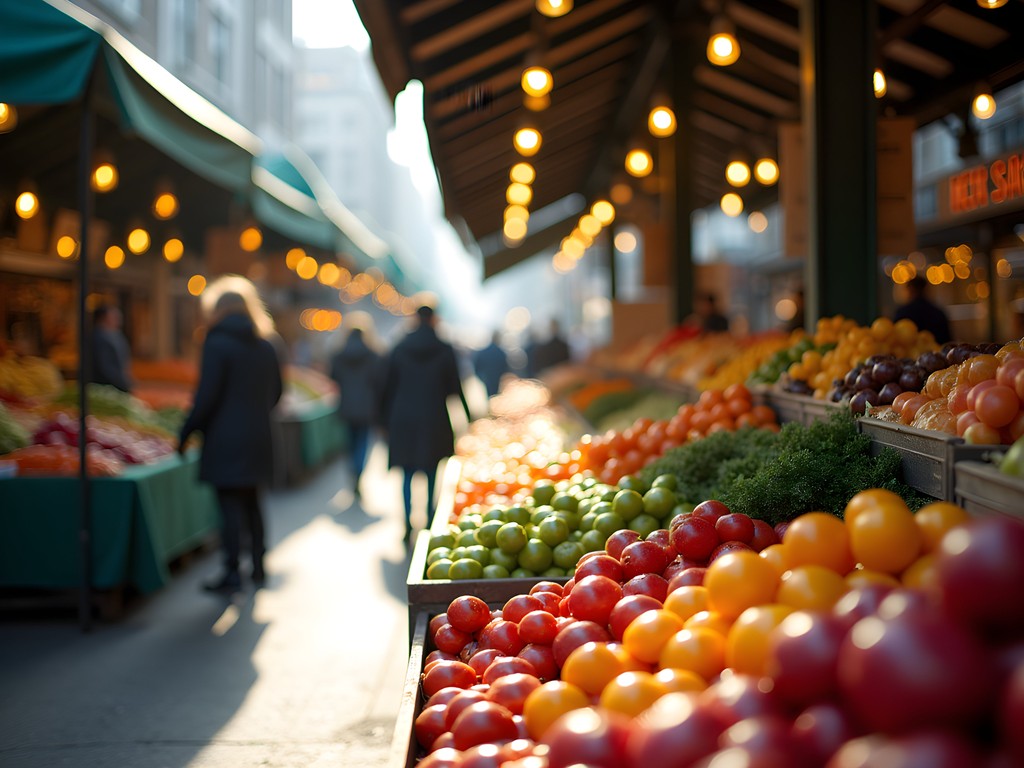
💡 Pro Tips
- Bring cash for smaller vendors at Jean-Talon Market
- Purchase bagels early as both famous shops can sell out of popular varieties
- Use the BIXI bike-sharing system to navigate between neighborhoods efficiently
Navigating Montreal: Language, Transportation, and Accommodations
Montreal's dual linguistic identity creates a fascinating cultural dynamic that enhances the visitor experience. While French is the official language, I found that most Montrealers in tourist areas speak English fluently. That said, learning a few basic French phrases demonstrates respect for local culture – simple greetings like "Bonjour" and "Merci" were always appreciated during my interactions.
The city's public transportation system (STM) provides efficient connectivity between neighborhoods. I purchased a 3-day pass ($21.25 CAD) which proved economical for my weekend exploration. The metro system is intuitive, clean, and remarkably punctual – a welcome contrast to many North American public transit systems I've navigated. For summer visits, the previously mentioned BIXI bike-sharing network offers an excellent supplementary option, with hundreds of stations throughout the city.
For accommodations, Montreal offers options across all budget ranges, but location significantly impacts your experience. After researching extensively, I chose Hotel Nelligan in Old Montreal, which provided the perfect base for exploration with its central location. The 19th-century building features exposed brick walls and a blend of historic character with modern amenities. For couples seeking romance, Old Montreal accommodations generally offer the most atmospheric settings, though they command premium rates.
Alternatively, boutique hotels in the Plateau Mont-Royal or Mile End neighborhoods provide excellent value while positioning you closer to local life rather than tourist zones. During my research phase, I found that booking accommodations with my travel rewards credit card maximized my points earning while eliminating foreign transaction fees – a practical consideration when traveling internationally, even just to Canada.
Montreal's weather deserves special mention for summer visitors. While generally pleasant, the city can experience humidity levels that surprised this veteran of northern climates. My packable rain jacket proved essential during a brief but intense afternoon thunderstorm – a reminder that proper gear remains important even in urban explorations.
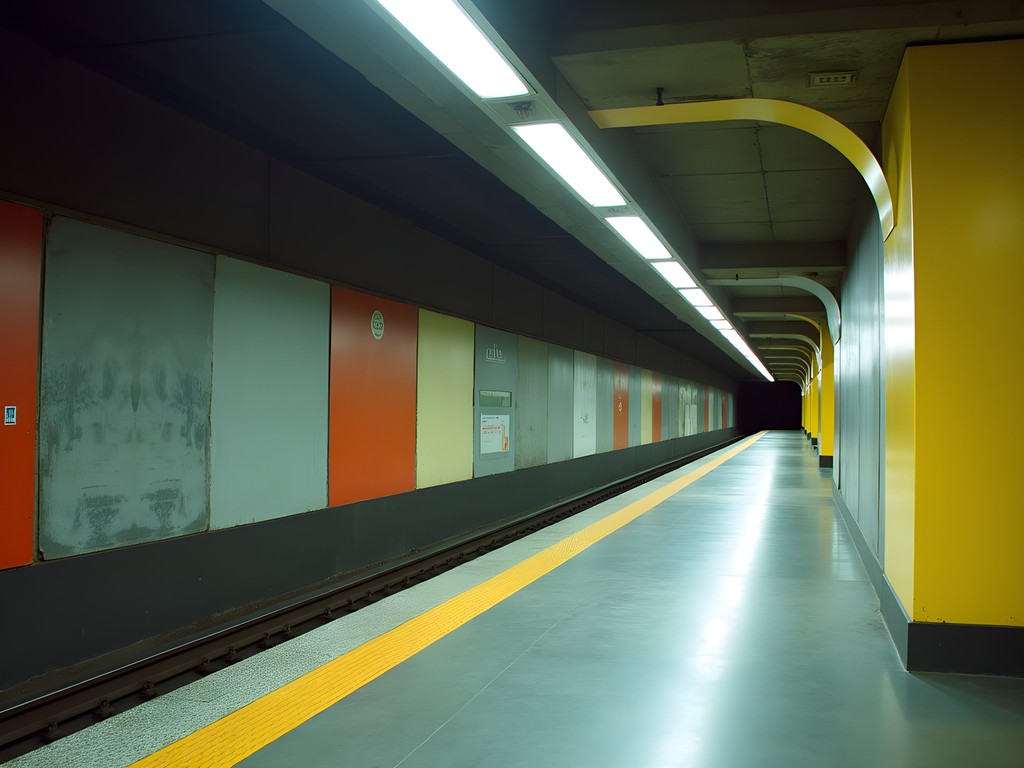
💡 Pro Tips
- Purchase an OPUS card for public transportation immediately upon arrival
- Book accommodations in Old Montreal for atmosphere or Plateau Mont-Royal for value
- Most businesses accept credit cards, but keep Canadian cash handy for smaller vendors
Beyond the Basics: Seasonal Festivals and Cultural Events
Montreal's identity as a festival city reaches its peak during summer months, when the calendar overflows with cultural events that transform public spaces. During my 72-hour visit, I was fortunate to experience the tail end of the Montreal Jazz Festival, which claims the title of world's largest jazz festival. The outdoor performances in Quartier des Spectacles created a communal atmosphere that reflected Montreal's sophisticated yet accessible approach to arts and culture.
While planning your weekend visit, I strongly recommend researching which festivals might coincide with your dates. Beyond the internationally renowned Jazz Festival (late June to early July), Montreal hosts Just For Laughs (comedy festival in July), Osheaga (music festival in late July/early August), and numerous cultural celebrations reflecting the city's diverse communities.
Even without a major festival, Montreal's summer weekends pulse with energy through smaller neighborhood events. During my exploration of Mile End, I stumbled upon a local makers' market featuring Quebec artisans selling everything from handcrafted leather goods to small-batch spirits. These impromptu discoveries often provide more authentic cultural connections than the major tourist attractions.
For couples seeking romantic experiences beyond my main itinerary, consider an evening at Casino de Montréal on Île Notre-Dame. While I'm not typically drawn to gaming establishments, this one occupies the former French Pavilion from Expo 67, and the architectural significance alone justifies a visit. The panoramic restaurant Le Montréal offers impressive views of the city skyline illuminated at night.
Finally, if your 72 hours include a Sunday, don't miss the weekly Tam-Tams gathering at the George-Étienne Cartier Monument near Mount Royal Park. This informal drum circle has evolved into a Montreal institution where musicians, dancers, picnickers, and observers create a spontaneous community celebration. During my visit, I spent two hours photographing the diverse participants while reflecting on how this organic cultural expression contrasts with the more structured indigenous ceremonies I've documented across northern regions. The juxtaposition reinforced my appreciation for Montreal's ability to embrace both traditional and contemporary cultural expressions within its urban fabric.
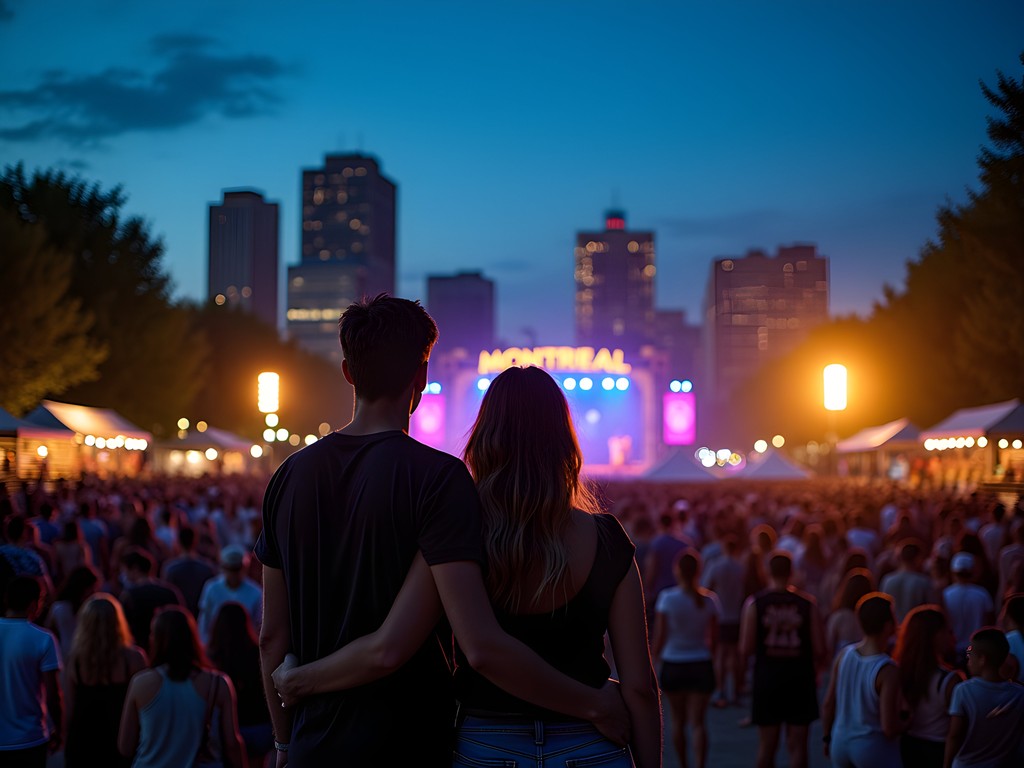
💡 Pro Tips
- Check the festival calendar when planning your weekend dates
- Bring a picnic blanket for impromptu outdoor concerts and gatherings
- Many museums offer extended evening hours on specific days – perfect for summer visits
Final Thoughts
As I departed Montreal after my 72-hour immersion, I found myself reflecting on how this city represents a fascinating cultural intersection – European charm within North American geography, French heritage with cosmopolitan diversity, historical preservation alongside modern innovation. For couples seeking a weekend escape that offers cultural depth without requiring extensive travel, Montreal delivers an experience that rivals many international destinations. The city rewards those who approach it with curiosity and a willingness to step beyond tourist zones into the neighborhoods where everyday Montreal life unfolds. While my professional work typically draws me to more remote environments, this urban exploration reminded me that cultural richness exists in many forms. Montreal doesn't merely offer a taste of Europe in North America – it presents its own distinct identity, one that has evolved through centuries of cultural exchange and continues to reinvent itself with each generation. I invite you to discover your own Montreal story within these recommendations, knowing that the city will reveal different facets depending on when you visit and what you seek.
✨ Key Takeaways
- Montreal rewards exploration beyond tourist zones – venture into residential neighborhoods for authentic experiences
- Summer offers optimal conditions with pleasant weather and numerous festivals transforming the city
- The bilingual environment creates a unique cultural atmosphere unlike anywhere else in North America
📋 Practical Information
Best Time to Visit
June through September
Budget Estimate
$200-300 per day for couples (accommodations, meals, activities)
Recommended Duration
3 days minimum, 4-5 days ideal
Difficulty Level
Easy
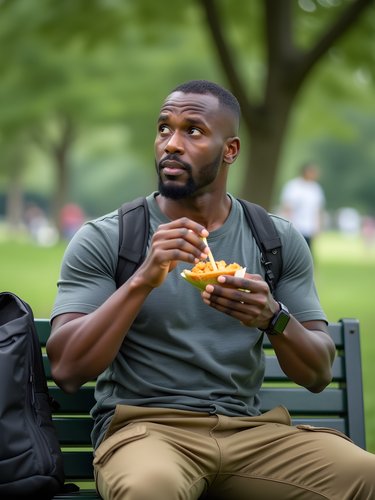
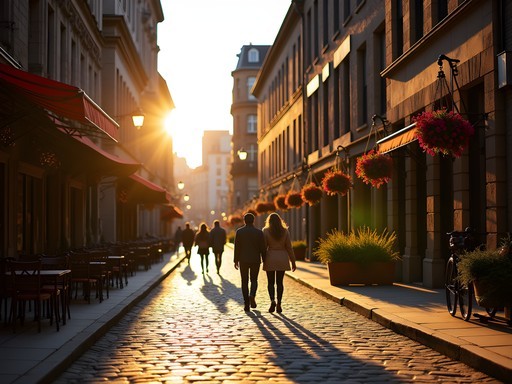
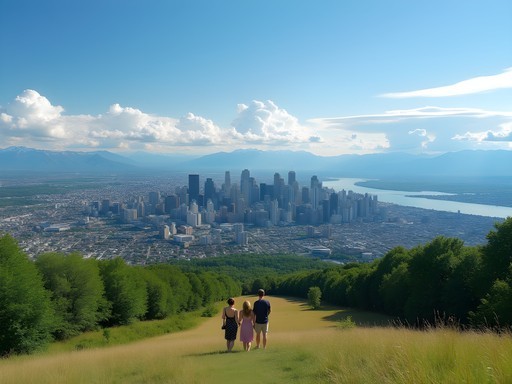





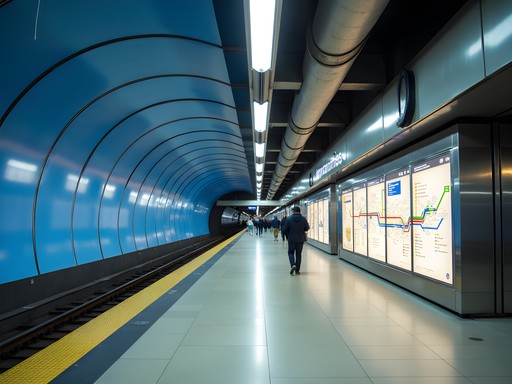

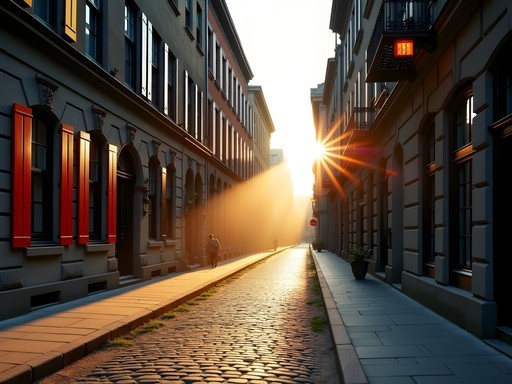
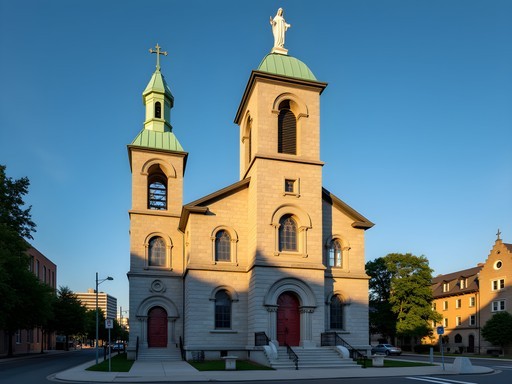
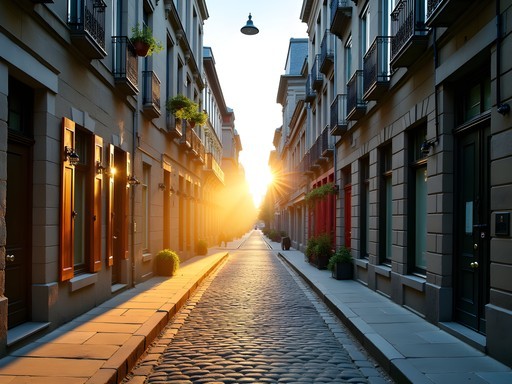


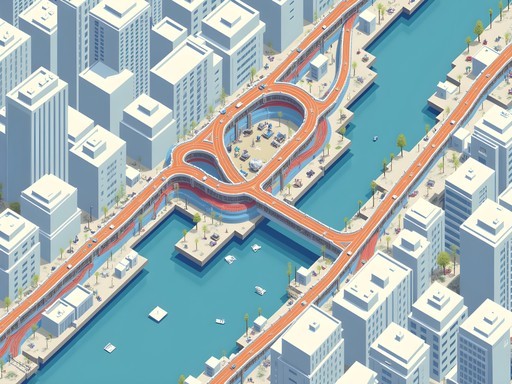
Comments
Taylor Moreau
Excellent guide, Timothy. As someone who visits Montreal quarterly for business, I'd add that the seasonal festivals are worth planning around. The Jazz Festival (late June/early July) and Just For Laughs (July) transform the city completely. Winter has Igloofest and Montréal en Lumière. For business travelers with limited free time, I recommend staying in Old Montreal for easy access to both business districts and tourist attractions. The STM transit app is invaluable for navigating the metro system efficiently.
redfan
Any restaurant recommendations for business dinners? Heading there for a conference next month.
Taylor Moreau
Liverpool House in Little Burgundy is my go-to for impressing clients - fantastic seafood and ambiance. For something more casual but still impressive, try Garde Manger in Old Montreal.
hikingphotographer
Great photos of Mount Royal! What's the best time of day to go for photography? Is sunrise worth it or is afternoon light better?
Timothy Robertson
Thanks! I found early morning (about an hour after sunrise) worked best in summer - fewer crowds and beautiful light across the city. In fall, afternoon golden hour creates amazing colors with the foliage. Bring a wide angle lens for the city panoramas!
luckytime
Just got back from Montreal last month and this guide is spot on! We followed a similar itinerary but I'd add that the underground city is worth exploring if you're there in colder months. We stayed in an Airbnb in Le Plateau and loved the neighborhood vibe. The metro system is super easy to navigate and we bought a 3-day pass which saved us a ton. One tip: wear proper walking shoes as the hills can be brutal! I tracked over 25,000 steps on my fitness tracker each day we were there.
hikingphotographer
How was the weather when you went? Planning a trip for early spring and wondering if I should pack for winter or spring conditions.
luckytime
We went in April and it was still pretty chilly! Definitely layers - we had some sunny days that felt like spring but the mornings and evenings were cold. The underground city was a lifesaver on the rainy day.
redfan
That food market section has me drooling! Definitely hitting up Jean-Talon when I visit!
coffeemood
This guide is perfect timing! Heading to Montreal in November for a long weekend. How's the language situation for someone who knows zero French? Will I struggle to get around?
Taylor Moreau
You'll be absolutely fine in Montreal with just English. Most people in the tourist areas are bilingual, especially in hospitality. I travel there quarterly for business meetings and haven't encountered any issues. Learning a few basic French phrases is appreciated though!
coffeemood
That's a relief! Thanks for the reassurance. Will definitely learn some basic phrases.
moonmood
OMG this guide is EXACTLY what I needed!!! 😍😍😍 I'm visiting Montreal in November for my birthday weekend! Did you find three days enough? And what about the food markets in winter - are they still worth visiting? So excited!!!
Timothy Robertson
Three days is perfect for a first visit! For November, Jean-Talon Market is still great but moves mostly indoors. The underground city Taylor mentioned becomes even more useful when it's cold. Layer up and enjoy!
moonmood
Thank you!!! Can't wait! 🇨🇦❄️
islandnomad
Just got back from Montreal last week and followed a similar itinerary! Jean-Talon Market was definitely the highlight - we went a bit crazy buying cheese and pastries. One tip: we found the 3-day transit pass really useful, though we ended up walking most places because the neighborhoods are so interesting. We stayed in an Airbnb in Le Plateau and loved the local vibe there. I used my pocket guide constantly - it had some great walking tours that weren't on the usual tourist path.
moonmood
Le Plateau sounds amazing! I'm trying to decide where to stay for my trip in November. Was it easy to get downtown from there?
islandnomad
Super easy! About 20 mins walk to downtown or 5-10 mins on the metro. Lots of great restaurants and cafes right in the neighborhood too. Definitely recommend it over staying downtown.
Taylor Moreau
Timothy, excellent breakdown of Montreal! I travel there quarterly for business and completely agree about the metro system - it's remarkably efficient. One addition I'd suggest for business travelers with extra time: the underground city (RÉSO) connects many downtown buildings and is perfect during winter months. I'd also recommend visitors try a Montreal-style bagel from St-Viateur - quite different from New York bagels and absolutely worth the queue. For those concerned about language, I've found most Montrealers switch seamlessly between French and English, particularly in the downtown core and tourist areas.
globeclimber5197
Great timing! Heading to Montreal next month for a long weekend. That Day 2 itinerary looks perfect.
Timothy Robertson
Glad to hear it! Let me know if you have any specific questions before your trip.
globeclimber5197
How's the language barrier? My French is basically nonexistent 😅
Timothy Robertson
You'll be totally fine! Most people in tourist areas speak English, though learning a few basic French phrases is always appreciated. I got by with just 'bonjour' and 'merci' most of the time.
backpack_wanderer
How was the metro system? Easy for English speakers to navigate?
oceanmood
Just got back from my trip! The metro was super easy - all announcements are in French and English, and the color-coded lines make it simple to navigate.
Venture X
Premium card with 2X miles, $300 travel credit, Priority Pass